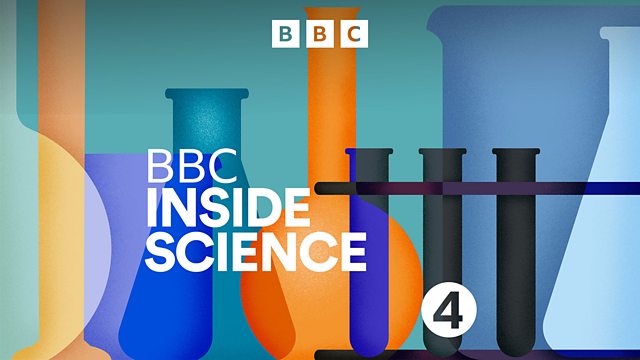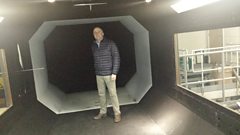Neanderthals; Plague; Wind Tunnel; Music Timing; Stem Cells
Presented by Adam Rutherford. We now know that modern humans did interbreed with Neanderthals, but what physical characteristics did some of us inherit from our ancient cousins?
We now know that Neanderthals and our ancestors interbred over 40,000 years ago. Recent research has shown that most people of European or East Asian descent carry a small percentage of Neanderthal DNA - about 2%. But two new papers this week examine some of the physical characteristics we may have got from the genes of our ancient cousins. They include some disease susceptibilities and hair and skin characteristics, which may have helped our forebears survive in northern climes.
There have been many sensationalist headlines in the news this week suggesting that the deadly bubonic plague could return, when really, it never went away. And while it can still be deadly, it can be treated early with antibiotics. In the Middle Ages the Black Death is thought to have killed up to half of the European population and so too did the Justinian Plague 800 years earlier. Now scientists have compared these two plague genomes to find that they were both caused by distinct strains of the same bacterium, Yersinia Pestis. Knowing how the pathogen evolved in the past is crucial to our understanding of possible future strains of plague. Lead author Dr David Wagner from the University of Arizona tells Dr Adam Rutherford that it's very unlikely the plague will return on a mass scale.
It's a windy Show Us Your Instrument this week - Prof Konstantinos ('Kostas') Kontis, Professor of Aerospace Engineering shows us around his wind tunnel. It's used to help develop more effective plane wings, helicopter rotors, and wind turbine blades, but cyclist Sir Chris Hoy has also been a test sample. Glasgow University is currently building a hypersonic wind tunnel, which can test air flow at speeds of up to Mach 10.
We all unconsciously synchronise our movements and researchers at the University of Birmingham have shown how professional musicians make tiny adjustments in their playing to keep time with their colleagues. Alan Wing, Professor of Human Movement in Psychology tells Adam how this research about minute synchronisation is helping to inform how robots can be designed to interact with humans.
Stem cells can become any other cell in the body from nerve to bone to skin, and they are touted as the future of medicine. Embryos are one, often ethically charged, source of stem cells and in 2006 Nobel prize winning research showed that skin cells could be "genetically reprogrammed" to become stem cells. These were called induced pluripotent stem cells. Scientists in Japan have now shown, in mice, that this previous painstaking method of making the versatile cells can be replaced by little more than a short dip in acid. Professor Chris Mason from University College London tells Adam that this major breakthrough could be faster, cheaper and possibly safer than other cell reprogramming technologies.
Producer: Fiona Hill.
Last on
Clip
-
![]()
Konstantinos Kontis and his Wind tunnel
Duration: 02:06
Broadcasts
- Thu 30 Jan 2014 16:3091热爆 Radio 4
- Thu 30 Jan 2014 21:0091热爆 Radio 4
Explore further with The Open University
91热爆 Inside Science is produced in partnership with The Open University.
Podcast
-
![]()
91热爆 Inside Science
A weekly programme looking at the science that's changing our world.



